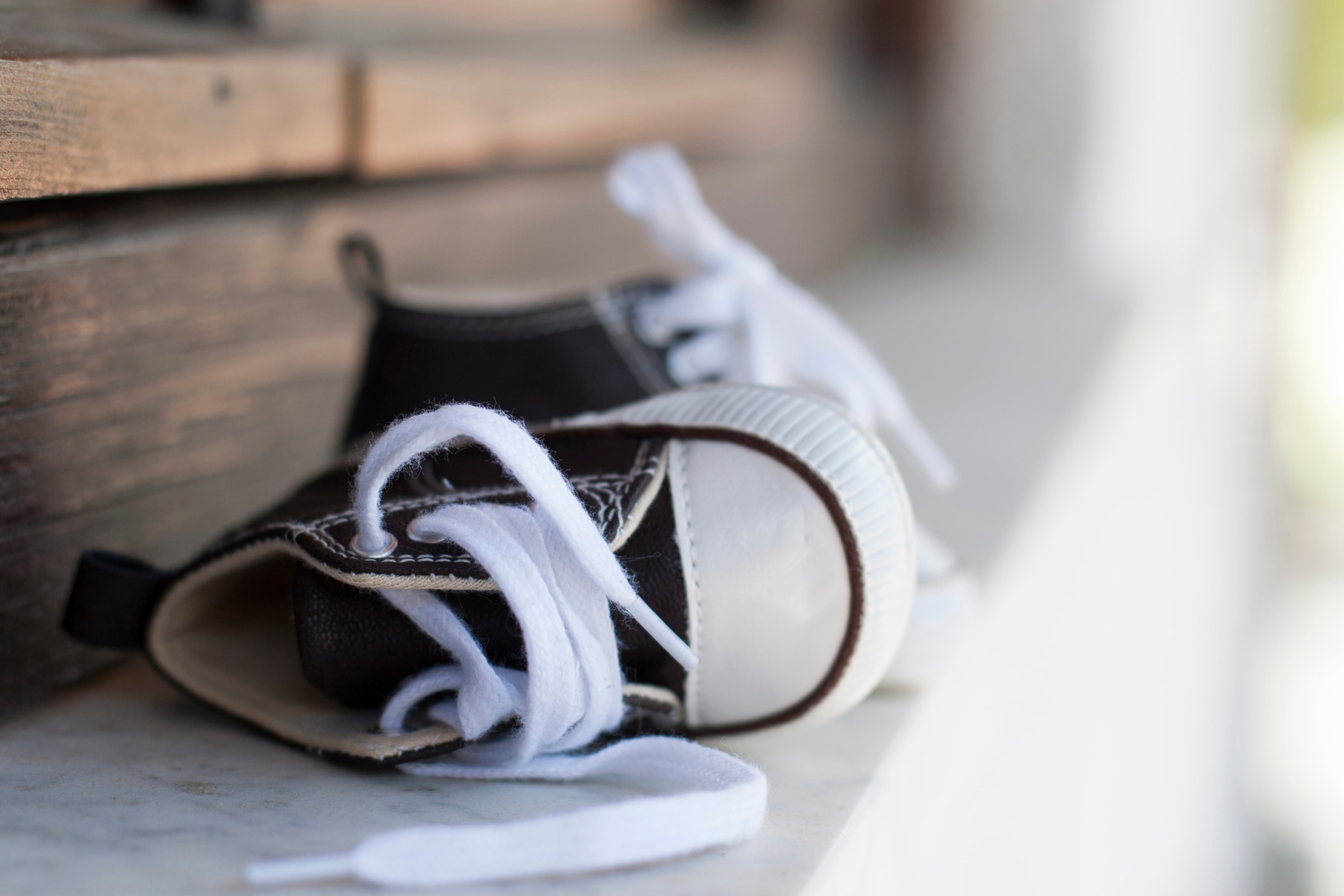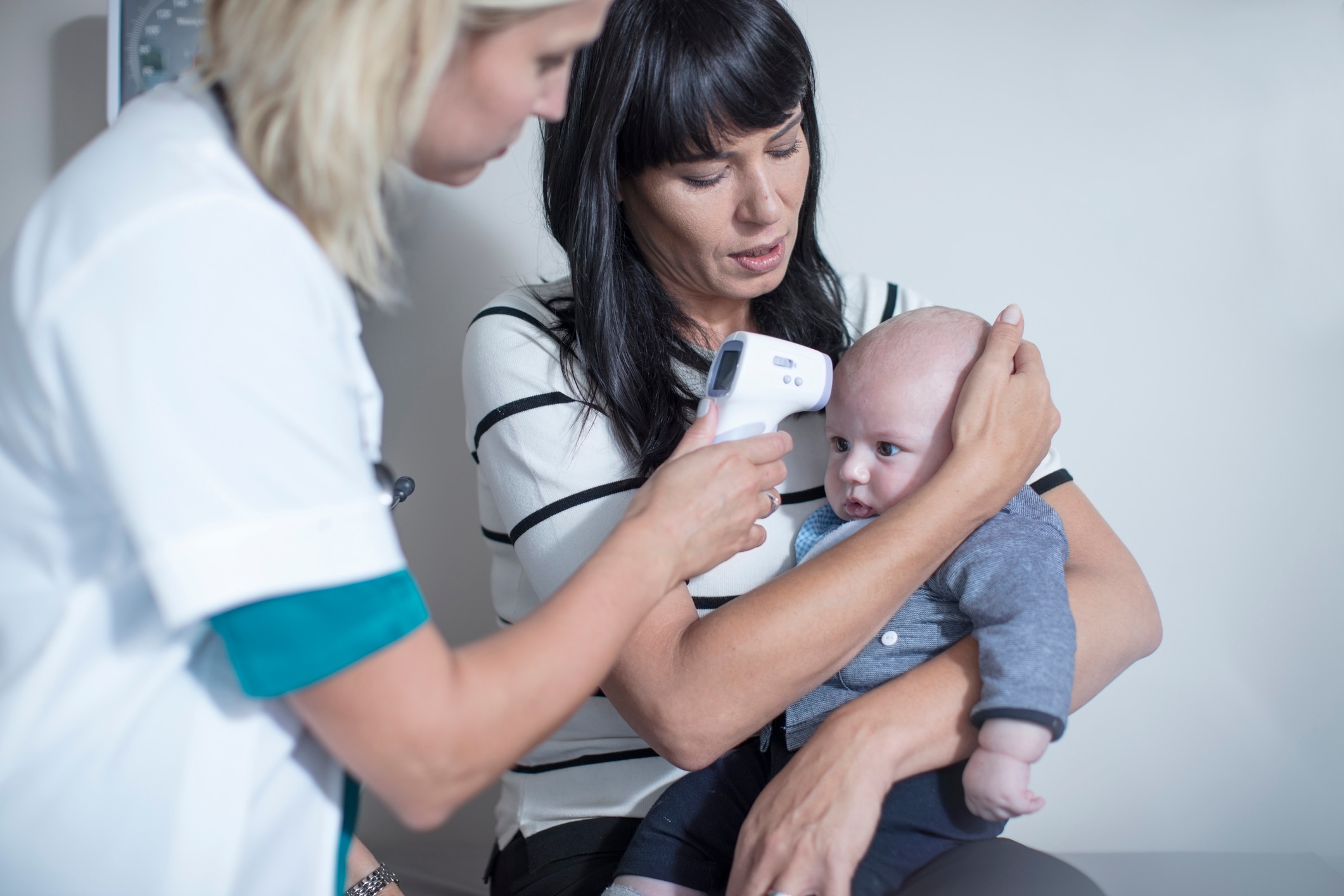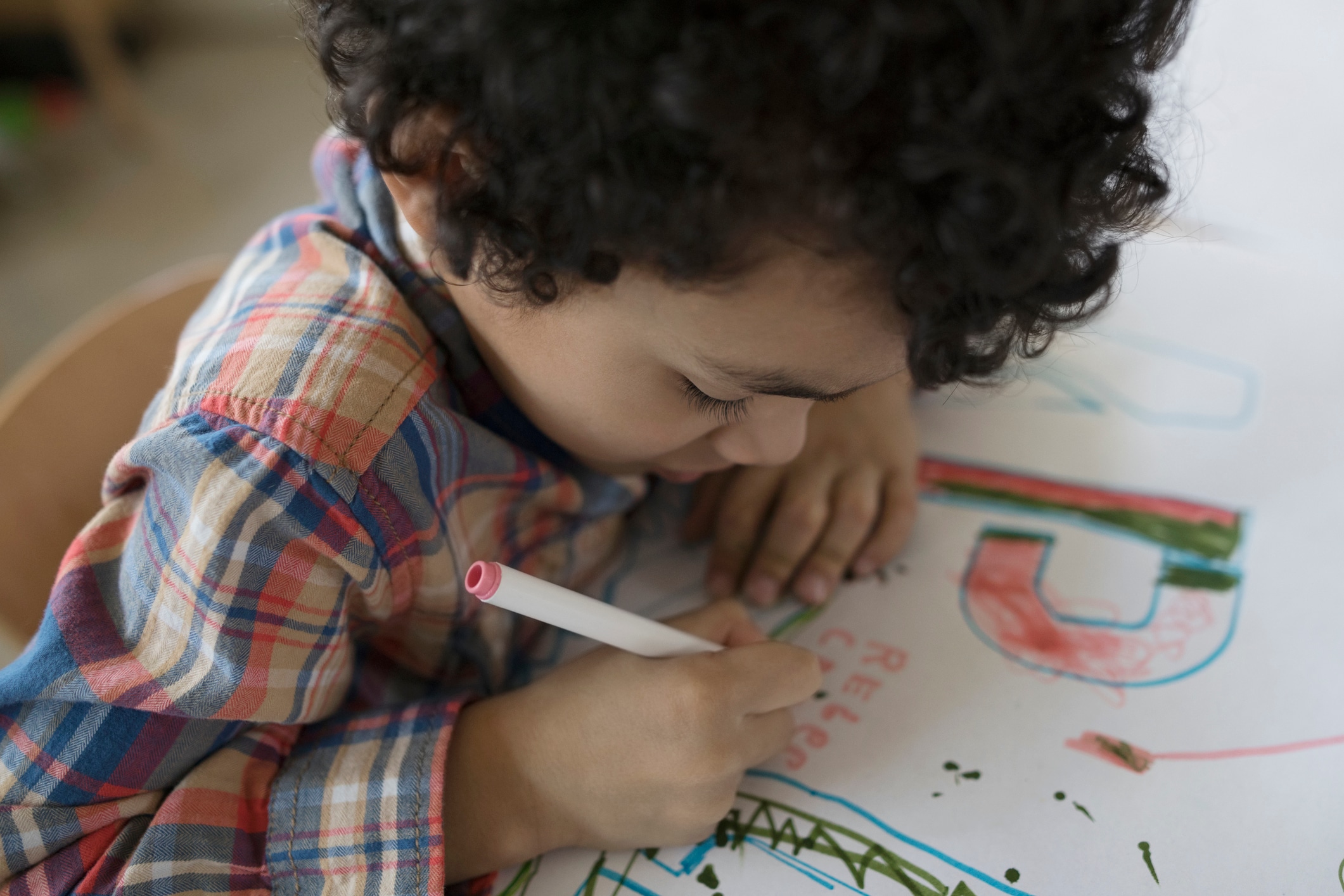Just about every baby gets diaper rash, but what about these new red spots on your baby’s legs? Where did those come from? Baby rashes are very common, but sometimes it’s tricky to figure out what kind of rash your baby has and if you should be worried.
Most of the time, those red or irritated patches are nothing to worry about, but keep an eye out for other symptoms bothering your baby. “It is often best to notify your pediatrician if your child develops a rash associated with a high fever, a change in behavior or if it is associated with signs or symptoms of dehydration, such as decreased intake of fluids, decreased urine output or dry lips,” advises Dr. Heidi Renner, a pediatrician at Loyola University Health System and assistant professor at Loyola University Chicago Stritch School of Medicine. “In this scenario, the rash may indicate a more serious illness and need to be evaluated in the office by a pediatrician.”
While there are many baby rashes out there, here’s a peek into some of the most common ones, their symptoms and when you should call the pediatrician.
- Diaper Rash
Diaper rash is a bright red rash on a baby’s bottom or genitals. Diaper rash occurs when a baby’s skin has been in contact with urine or feces for too long and can be treated by applying diaper rash cream to the affected area to create a barrier between the skin and the diaper.“The only children who never have diaper rash are those who never wear diapers — so don’t be alarmed if diaper rash appears and eventually returns,” says Dr. Robert H. Pantell, a co-author of Taking Care Of Your Child and professor of pediatrics at the University of California San Francisco. Pantell also warns that a typical diaper rash might become more complicated when yeast or bacteria are present. He recommends calling the pediatrician “when there are blisters, when the rash moves beyond the diaper area or when the rash is more severe in skin creases between layers of fat.”
- Cradle Cap
Cradle cap is a rash found on a baby’s scalp that has crusty, thick, yellow or greasy patches, says Renner. It may appear scale-like. The exact cause is not known, though hormones passed along at birth might contribute, as might yeast. Cradle cap can be treated at home by using a mild baby shampoo and a soft-bristled brush. Gently massage the brush on the scalp to loosen up the scales. Or try rubbing a small amount of coconut oil on the affected area and then gently brushing it away with a toothbrush. If the scales are persistent, check in with your pediatrician for dermatological solutions.
- Heat Rash
Heat rash is the result of a baby simply getting too hot. This common baby rash can be identified by its very small red dots on baby’s skin, says Pantell. The best thing you can do to treat heat rash is to prevent it by dressing your baby in breathable fabrics, such as cotton or linen. Help babies get through heat rash by keeping them cool. Avoid powders and lotions. Heat rash typically resolves once a baby’s body has a chance to cool down and doesn’t generally require pediatric care.
- Baby Acne
Baby acne is identified as white or red bumps on a baby’s face, says Renner. It often resolves on its own within a few days. To treat baby acne at home, wash the baby’s face with a gentle and mild baby soap and water. If the bumps become larger in size or if baby acne doesn’t clear up on its own, contact your pediatrician about treatment.
- Roseola
Roseola is common in babies and children ages 6 months to 2 years old. It is a virus that starts with a high fever that lasts a few days. After the fever breaks, a rosy-pink rash appears on the torso, neck and arms, notes Renner. It does not usually appear on the face. A roseola rash will typically go away with very little medical treatment. It is time to call the pediatrician if the rash lasts more than a week or a fever returns.
While it’s fairly easy to identify and treat these five types of baby rashes because they are common, call your pediatrician if your baby’s rash is accompanied by a fever, isn’t clearing up with at-home remedies or just seems unusual to you.
Think your baby might have eczema? Read Baby Eczema: What It Is and How to Treat It.
NJ Rongner is a parenting and lifestyle blogger at A Cookie Before Dinner. She lives in Western Massachusetts with her husband and two children.
* This article is for general informational purposes only. It is not intended nor implied to be providing medical advice and is not a substitute for such advice. The reader should always consult a health care provider concerning any medical condition or treatment plan. Neither Care.com nor the author assumes any responsibility or liability with respect to use of any information contained herein.





